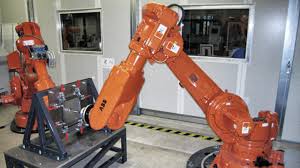As shown in the following Table, the sales of industrial robots is continuously growing worldwide (in Europe, Asia and in Norht America) withe the most significant increase in the use of robotic manipulators to be recorded in Asia (e.g. China)
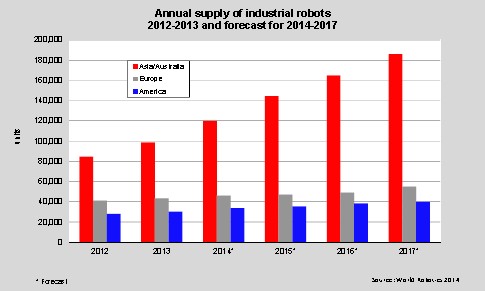
Moreover, as shown in the following table the number of industrial robots that will be operationally active until 2017 in several manufacturing activities will be more that 2 Million with the greatest percentage of such robotis to be found in Asia (e.g. China and Japan) and a significant percentage to be contributing to manufacturing in Europe and in North America.
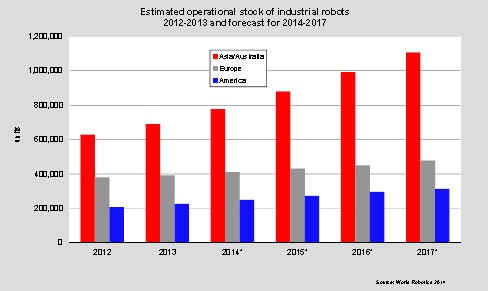
Global robot installations are estimated to increase at least by about 15% to 205,000 units in 2014. An even higher increase is possible if the global economic situation improves. The main customer, the automotive industry, is continuing to invest heavily in robot installations.
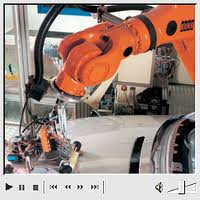
However, robot supply may slow down in certain markets. The electrical/electronics industry is increasing robot investments in production automation as well as in retooling for new production processes. A further increase of robot orders from other industries is also likely, particularly from the rubber and plastics industry, pharmaceutical industry, the food and beverage industry, and the metal and machinery industry.

Major growth is expected in Asia, particularly China and Taiwan, Korea and most of the other Southeast Asian markets, and in North America. Robot sales to Europe are expected to increase in 2014 even in the highly automated market of Germany. Robot sales will either stagnate or slightly increase in Italy, France, Spain and the United Kingdom. The supply in the Central and Eastern European countries will further increase. Robot supplies in the Americas will increase by 11% and in Asia/Australia by 21%, while robot sales in Europe will rise by 6%.
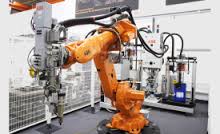
Impetus will mainly come from Asia, particularly from China, and from North America. The automotive industry will continue to be the innovator for new technology. The growing global demand for electronic products, new products, and new production technologies are boosting investments in retooling of existing production processes and expanding production capacities of the electrical/electronics industry particularly in Asia.
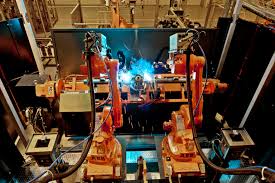
In the following table the number of new robot installations per year is given, for several countries exhibiting significant manufacturing production. It can be noticed that Asian countries and in particular China and Japan are the countries where the largest number of industrial robot installations takes place on annual basis. In North America, USA and Canada are the countries were the greatest number of new robots is set in operation every year. Finally in Europe it appears that Germany invests significant on industrial robots. This is a measure to keep its industrial production competitive despite the high cost of labor.
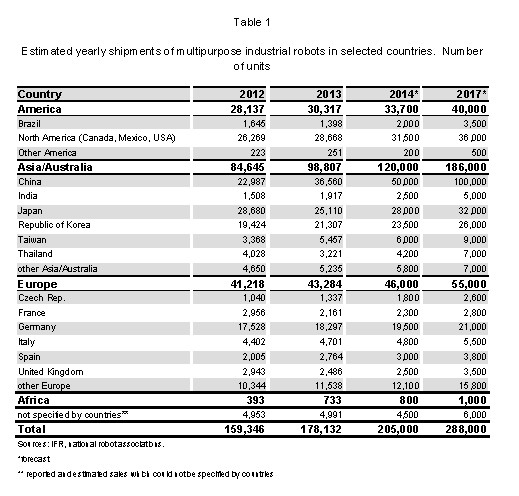
In the following table data are given about the number of industrial robots being operationally active'in countries that hae a remarkable industrial production. It can be noticed that more than 50% of robots currently involved in manufacturing tasks are found in Asian countries (Japan, South Korea and China). In Europe the use of robots contributing to manufacturing tasks keeps on growing with the largest part of these robots to be in use in German and Italian industries. In North America, the greatest percentage of robots currently supporting industrial production is found in USA and Canada, while figures show that there is a tendency for further deployment of the use of industrial robots.
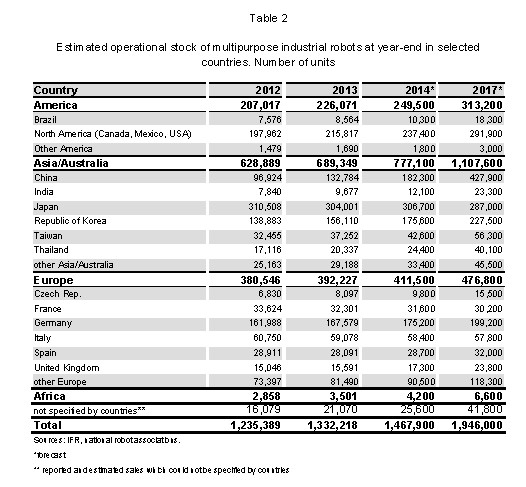
References:
[1] International Federation of Robotics, Executive Summary, World Robotics, 2014.
[2] International Federation of Robotics, Executive Summary, Positive Impact of Industrial Robots on Employment, 2014
